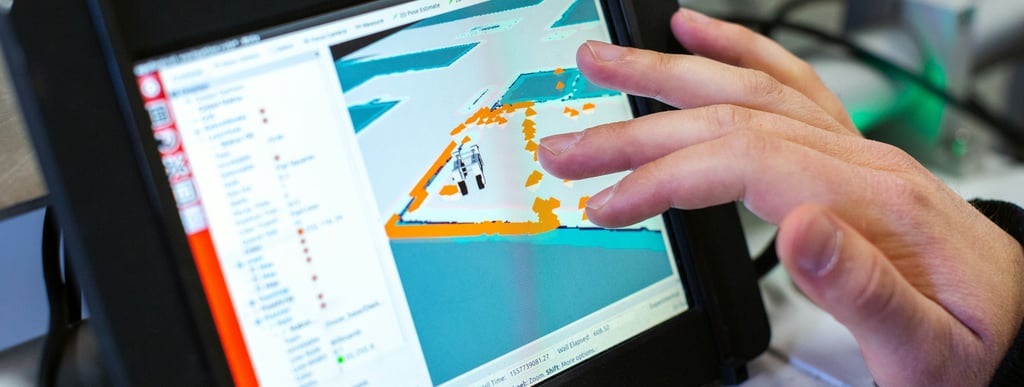The importance of digital cufflinks and how to use them
What are the different types of digital twin models and how they can help you to optimise processes within your company by preventing failures and maintenance.
TECNOLOGÍA 5.0SOSTENIBILIDADRESILIENCIACAPTACIÓN Y RETENCIÓN DE TALENTO
Martí Segura Barnadas
11/12/20202 min read
Imagine having a virtual version of a physical object that is updated in real time. This is the essence of digital twins. They are revolutionising the way we monitor and manage everything from wind turbines to entire manufacturing processes. In this article, we will explore what digital twins are, how they work and their various applications in different industries.


Key points
Digital twins are virtual representations of physical objects or systems.
They use real-time data to optimise performance and predict maintenance needs.
There are different types of digital twins: component twins, asset twins, system twins and process twins.
Their applications range from energy production to urban planning and manufacturing.
What is a digital twin?
A digital twin is a virtual representation of an object or system. Think of it as a digital copy that mirrors its real-world counterpart. These twins are continuously updated with real-time data, enabling better decision-making and performance optimisation.
How do digital twins work?
Digital twins operate by collecting data from sensors attached to physical objects. For example, a wind turbine has sensors that monitor its energy output and temperature. This data is sent to its digital twin, which then analyses the information to identify performance problems and suggest improvements.
Unlike simulations, which are static and represent pre-defined scenarios, digital twins are dynamic. They provide a live representation of an asset, constantly updated with real-time data. This means they can track conditions such as blade vibration and temperature, helping to predict maintenance needs and optimise performance.
Digital twins types
There are several types of digital cufflinks, each with a different purpose:
Component twinss: These represent individual parts of a system. For example, a component twin might model a single wind turbine blade, tracking its stress and vibration.
Asset twins: These cover an entire asset made up of multiple components. An asset twin for a wind turbine would integrate data from all its parts, such as blades and gearboxes, to monitor overall performance.
System twins: These provide a broader view, showing how different assets work together. A system twin could model an entire wind farm, analysing how multiple turbines interact to optimise energy production.
Process twins: Reveal how systems collaborate to create a complete production facility. For example, a process twin for wind energy could model how power is generated, stored and distributed to electricity grids.
Digital twin applications
Digital twins have a wide range of applications in various industries:
Power production: They are particularly useful for monitoring large engines and turbines, helping to schedule maintenance and improve efficiency.
Construction and infrastructure: In large buildings or offshore platforms, digital twins can help in the design of systems such as HVAC, ensuring everything runs smoothly.
Manufacturing: Digital twins are used throughout the manufacturing process, from design to production, helping to optimise operations and improve product quality.
Urban planning: Civil engineers use digital twins to visualise spatial data in real time, incorporating augmented reality to improve planning and development.
The evolution of the digital twins
The term ‘digital twin’ was first coined by John Vickers of NASA in 2010. Since then, the technology has evolved significantly. Digital twins are not just static models; they are learning systems that adapt and improve over time, generating insights that improve products and processes.
Conclusion
Digital twins are changing the rules of the game in how we manage and optimise physical assets. By providing real-time insights and predictive capabilities, they help industries improve efficiency and reduce costs. Whether in energy production, manufacturing or urban planning, the potential of digital twins is vast and continues to grow. As technology advances, we can expect to see even more innovative applications of digital twins in the future.
Places
Castellar del Vallès, Barcelona, Cataluña
La Guardia, Pontevedra, Galicia
Connect with Enginhum
Contact with Enginhum
Marc Garnacho - +34 606.683.378
Martí Segura - +34 661.727.166
Information
Opening time
Monday to Thursday: 8:00 - 18:30
Friday: 8:00 - 15:00
